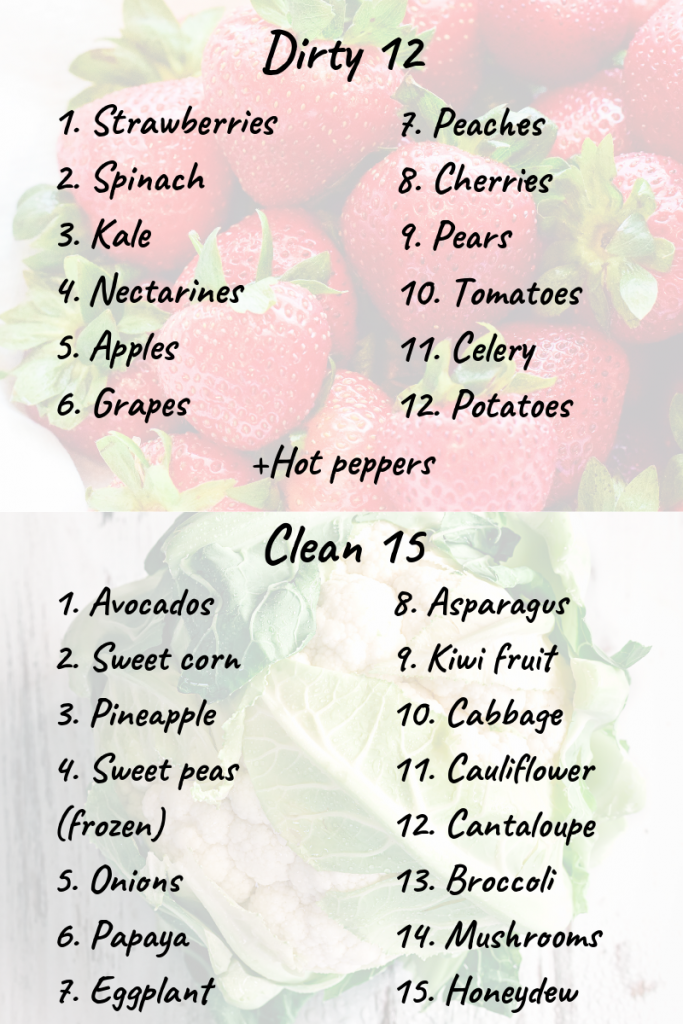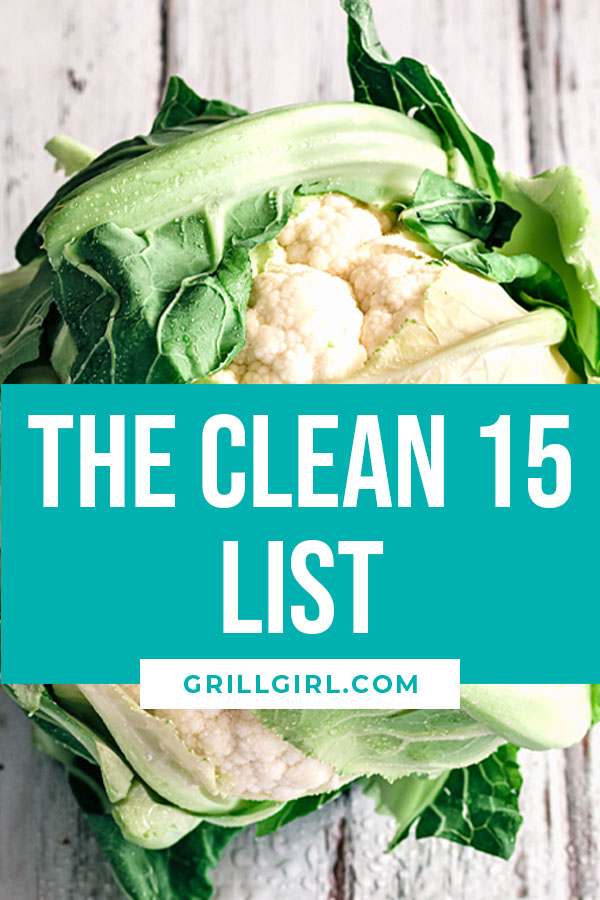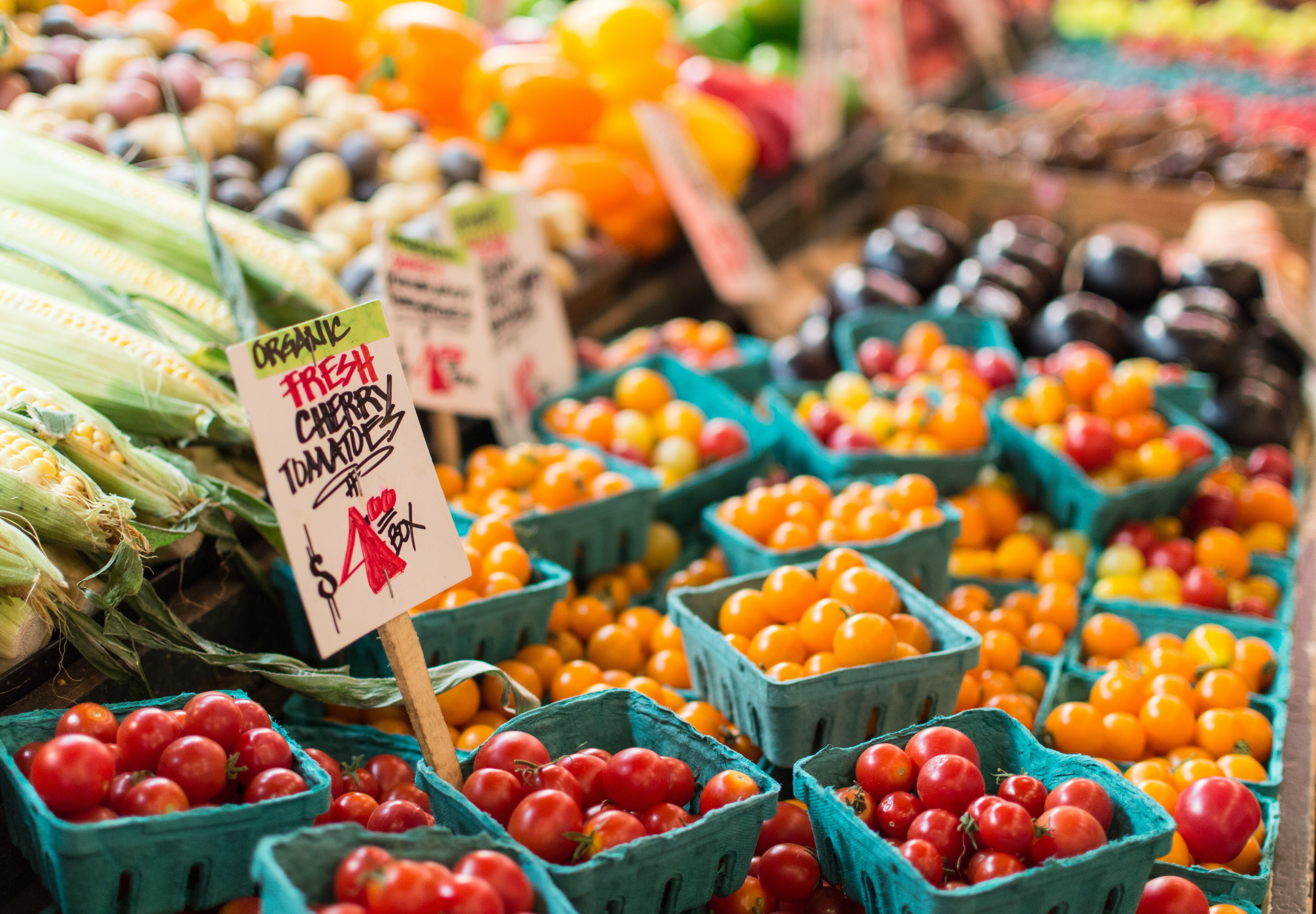Recommendations on what to eat in terms of nutrition and health are rife with contradictions, but one of the things generally agreed upon is that the consumption of vegetables and fruits is a good thing. One important question that I get asked often is, “Does organic really matter?”
In short, yes, it can matter. Pesticides can negatively impact the environment and human health, including links to cancer, weight gain, skin issues, digestive issues, and hormonal and reproductive problems. That said, I like to put things into categories: good, better, and best. Eating vegetables and fruits falls firmly in the good category — regardless of how it is grown — because the health benefit of “eating the rainbow” outweighs the risk of pesticide exposure for most people. Organic falls into the better category. Meanwhile, the best category means eating produce grown locally without the use of chemicals.
The Dirty Dozen and Clean 15
 One tool I use with clients who are trying to manage their food budget and make better food choices is the Environmental Working Group’s (EWG) Dirty Dozen and Clean 15. The EWG releases the Shopper’s Guide to Pesticides in Produce annually, which include these two lists.
One tool I use with clients who are trying to manage their food budget and make better food choices is the Environmental Working Group’s (EWG) Dirty Dozen and Clean 15. The EWG releases the Shopper’s Guide to Pesticides in Produce annually, which include these two lists.

what is the dirty dozen? What is the clean 15? Why does it matter to eat organic produce?
The 2019 version is hot off the presses. The Dirty Dozen are the 12 produce items that are most contaminated with pesticide residue. What does that mean for you? These are the 12 items that are best to prioritize buying organic. The item getting all the headlines this year is kale, ranked number three on the list behind strawberries and spinach. Kale hasn’t been included in testing since 2009 when it was number eight on the list (one of the shortfalls of the list: it can only rank what is tested!). It seems as the popularity of kale grew so did the use of pesticides to grow it. Over half of the tested kale samples came up positive for Dacthal, a potential carcinogen that is banned in Europe.
 On the other end of the spectrum, the Clean 15 are the items that tested with the lowest levels of pesticides. Purchasing conventionally grown versions of these can help manage food costs while still keeping the risk of pesticide exposure low. There are some nutritional powerhouses on this list like broccoli, cauliflower, and avocado. Over two-thirds of the items on the Clean 15 had no pesticide residue.
On the other end of the spectrum, the Clean 15 are the items that tested with the lowest levels of pesticides. Purchasing conventionally grown versions of these can help manage food costs while still keeping the risk of pesticide exposure low. There are some nutritional powerhouses on this list like broccoli, cauliflower, and avocado. Over two-thirds of the items on the Clean 15 had no pesticide residue.
And when it comes to washing produce before eating, all you really need to do is rinse it with water. Studies have found that rinsing produce with distilled water to be as effective at reducing (but not eliminating) residual pesticides as using commercially produced fruit and veggie rinses.
If you like this article, consider checking out our article on “What’s the difference between the Keto, Paleo and Bullet Proof Diets” ?



